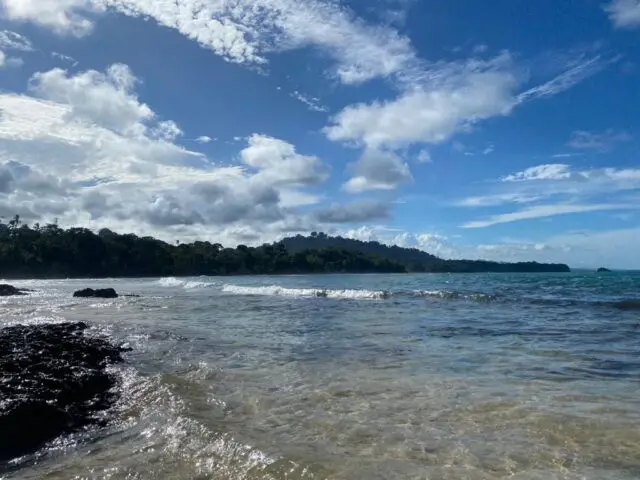After the pandemic, Costa Rica is receiving a new kind of visitors who are opting for experience and tranquility, which is representing a new paradigm for the market. This is how the National Chamber of Tourism (Canatur) exposes it after the publication of the most recent statistics.
According to it, there is a significant (not total) recovery of arrivals from North America and the United States. However, the president of Canatur, Ruben Acón, is optimistic regarding the foreign currency contributed so far, although he also recognizes that the new style of tourists has a lot to do with this important generation of monetary resources.
How are these visitors now?
The tourism industry has outlined the new profile of the international tourist:
• More young people are arriving and with a style of high socioeconomic level.
• People travel alone or in pairs, leaving behind large groups.
• More is invested in specific services; it includes tours, spas, etc.
• There is a greater interest in areas such as gastronomy or sustainability.
This format translates into a greater investment during the days that such a tourist is in the country. Another striking fact is that although air arrivals have increased, there is still a delay in the recovery of maritime and land tourism. However, the profile of the visitor who arrives by plane represents a greater investment, whose average is US$1,000 higher than the rest of tourists, according to estimates by the union.
Emergence of new businesses and adaptations
The new style of tourists arriving in the country represents a challenge for the local industry, so that it can be satisfied and attract more visitors. According to Acón, there are tourists who return to Costa Rica 6 or 7 times as a destination, but that opportunity will depend on diversifying and expanding the offer.
In this line, the opportunities for each tourist pole to develop its attractions and, above all, the experiences that are offered, stand out. Coupled with this, are the challenges for other areas of the market that now have new realities.
Here, for example, the case of corporate tourism stands out. Digitization and the promotion of technology during the pandemic greatly reduced this type of investment in companies. For this reason, this brake is now noticeable, especially in the Central Valley, where most of these people stayed.
Another challenge of this type appears in transportation, since with the new profile there is no longer so much demand for mobilization on several buses with facilities. Now it gives way rather to more private modalities.
Challenges and more markets
Although the tourism sector speaks of a future with “optimism”, it does not stop calling attention to areas for improvement to keep Costa Rica current in the international market. On this point, this sector is insistent on the issue of security, which permeates the image of Costa Rica (for example, figures from the OIJ indicate that, on average, a homicide occurs every 12 hours).
They also do the same with the issue of infrastructure, especially after the situations of the last year and the fact that, once again, winter was reached with shortcomings. Finally, the impact on the industry due to movements in the exchange rate and the value of the colon is also highlighted.
Regarding the promotion of the country, it is recognized that Europe, the United States and Canada continue to be the key markets. But coupled with them, there is talk of further exploring the Asian market as well as other possible issuers in South America. Added to all this is the interest in becoming more attractive to digital nomads, where a high potential is perceived.
Almost 1 million tourists in the first quarter of 2023
According to the most recent visitation statistics, released by the Costa Rican Tourism Institute (ICT) days ago, in the first four months of this year almost 1 million tourists arrived by air. To be precise, there are 967,820 tourists, a -0.7% variation compared to the same period in 2019, when 974,718 tourists visited us. “The first four-month period has been excellent and the figures show it, we have carried out joint work with the private sector that is paying off”, said the minister William Rodríguez.
Emphasis is placed on these data since they show the full recovery of key markets. For example, the United States sent 536,056 tourists between January and April; surpassing by 5.4% the figure of 508,454 tourists in the same period in 2019. Canada, for its part, shows a rise of 6% more, going from 124,437 tourists to 131,956

Between January and April, 185,733 tourists arrived by air from Europe, which means a 5.5% increase in visits compared to the first four months of 2019. In this case, France is the main issuer, followed by Germany, United Kingdom, Spain, and the Netherlands.
To finish, there is the case of Mexico, another important market whose income is 77% of those registered in the first quarter of 2019.

